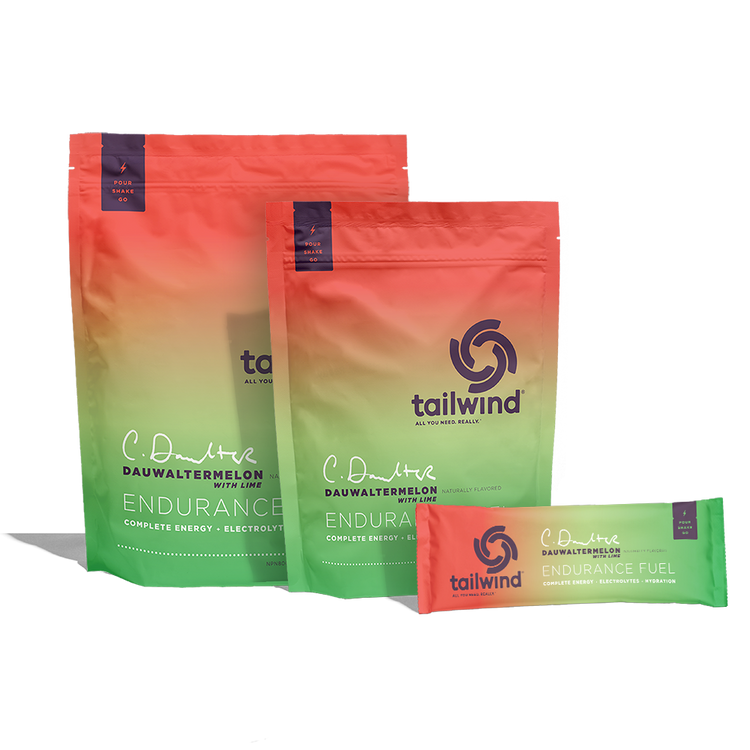Why Hydrate?
Everyone knows maintaining hydration is critical during the hot months of summer, but it is equally important to hydrate during cold weather. Dehydration can cause muscle cramps, nausea, headaches, dizziness, confusion, weakness, inability to concentrate, and decreased performance. Winter has its own set of hydration challenges that come with the cold weather; recognizing them allows you to take steps to stay ahead of the dehydration.
The Challenges
- When it’s colder out, we often don’t feel thirsty or hungry – and as recognizing thirst becomes more difficult, the risk of dehydration increases.
- Air during the winter months is generally much drier than during the summer, and exercising in cold conditions increases water loss via respiration since the body is forced to warm and humidify the cold dry air breathed in.
- Frozen bottles, bladders, and hydration tubes prevent adequate, regular hydration.
- Clothing used to stay warm during winter exercise can also affect the body’s ability to recognize the onset of dehydration. In winter, we tend to wear moisture-wicking base layers, but this can fool you into thinking that you’re not sweaty and do not need to re-hydrate.
The Solutions
- Drink Endurance Fuel instead of plain water. Not only is the great taste more incentive to keep consuming regularly, the electrolytes make sure you are maximizing your hydration and the carbs keep your energy levels high.
- Start your winter exercises fully hydrated. You can also preload with a few sips of Tailwind to help top off glycogen stores, so you’re warm and energized heading out into the elements.
- Invest in an insulated bottle or hydration tube and make sure your hydration system is accessible and easy to use, even with gloves on.
- Don’t forget what you already know! Consume 20-24 oz of water with 200 calories (of Tailwind!) an hour in winter or summer and you’ll stay hydrated and energized.
The Bottom Line
It’s crucial to be vigilant about hydrating during winter training since the cold weather can fool you into a state of dehydration. By training with Tailwind, you are mitigating the risk and keeping yourself fueled and hydrated even in the coldest of weather.







